The secret is out — the central Adirondacks is a special place, and birds know it.
Located in the heart of the boreal zone, a swath of bird-loving habitat that runs from the northeastern to the southwestern Adirondacks, Hamilton County contains a wide range of ecosystems that attract an equally wide range of bird species. Here you'll find enough meandering rivers, bountiful bogs, sweeping swamps, multiple marshes, and high-elevation habitat to keep you binocular bound for a long time! And the beautiful thing is, we have enough year-round species — like Black-backed Woodpecker, Gray Jay, Boreal Chickadee, Red and White-winged Crossbills, and Evening Grosbeak — to make a visit exciting any time of year.
Want help deciding where to begin? You've come to the right place! Peruse our list of four birding destinations to get your beak wet, then check out our birding page to learn more.
1. Some moose with your birds: Moose River Plains
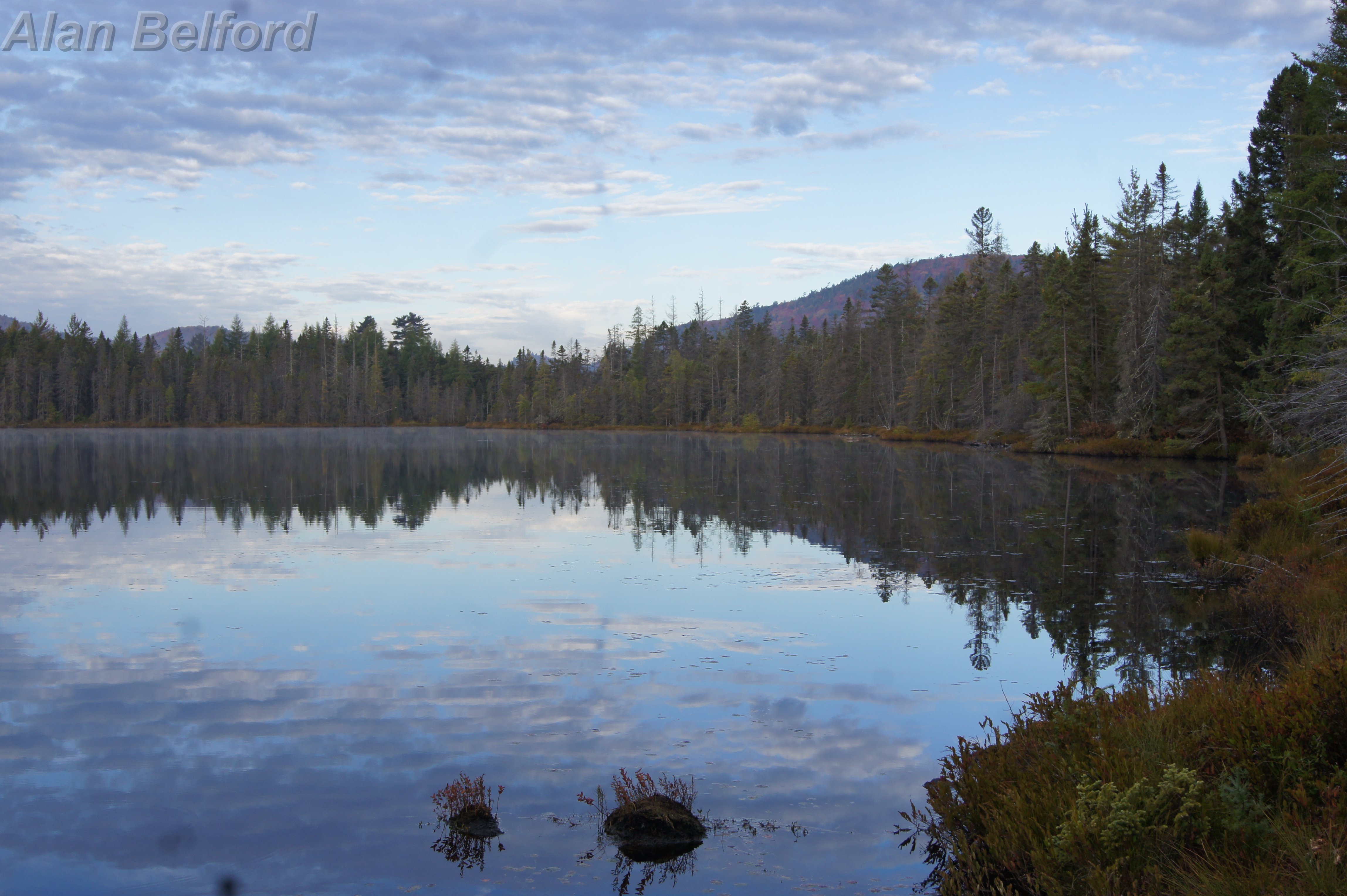
If you're looking for variety, Moose River Plains is your place.
At 79,487 acres, the Moose River Plains Complex is not something that can be explored in a day. The complex houses dozens of trails that lead to lakes, ponds, streams, wetlands, and mountains.
What does that mean for birders? Numerous habitats, numerous bird species, and plenty of options for hour-long, day-long, or week-long adventures — and moose!
If you're in it for the long haul, the area is dotted with primitive campsites. Eight of them are handicap accessible, as are four of the boat launches: Wakely Pond, Helldiver Pond, Icehouse Pond, and Cedar River Flow. Bring your camping gear and plan to stay for awhile!
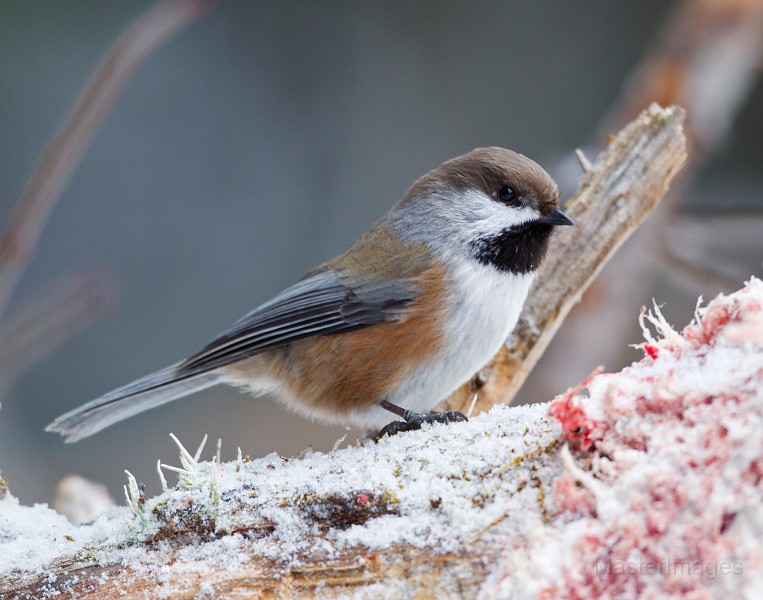
Getting there: To reach the western gate from Inlet, turn south on Limekiln Road from Route 28 about a mile east of the village. Follow the road 2 miles to the entrance gate, just past the Forest Ranger Headquarters. Reach the eastern gate via the 12-mile-long, partially paved Cedar River Road, which starts at Route 28/30 approximately 2 miles west of Indian Lake.
2. Classic wetland birding: Horseshoe Bog and Hitchins Pond
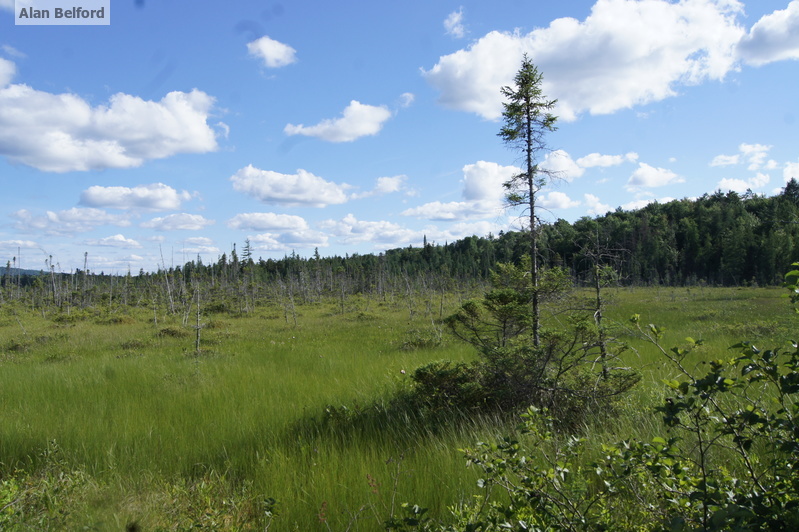
Birds love wetlands, and Horseshoe Bog is an impressive one.
This large bog is technically an extension of Hitchins Pond, but the two are worlds apart in terms of appearance. The expansive bog is about twice the size of the pond and is as green as its neighbor is blue.
There are several primitive campsites along the shore of Hitchins Pond, so why not set up camp there and paddle into the bog for some major birding action? Horseshoe Bog, Hitchins Pond, and the surrounding environs are home to a variety of species, including Blue Warbler, Black-throated Green Warbler, Yellow-bellied Sapsucker, Song Sparrow, Lincoln's Sparrow, Chestnut-sided Warblers, Hermit Thrush, and Red-eyed Vireo.
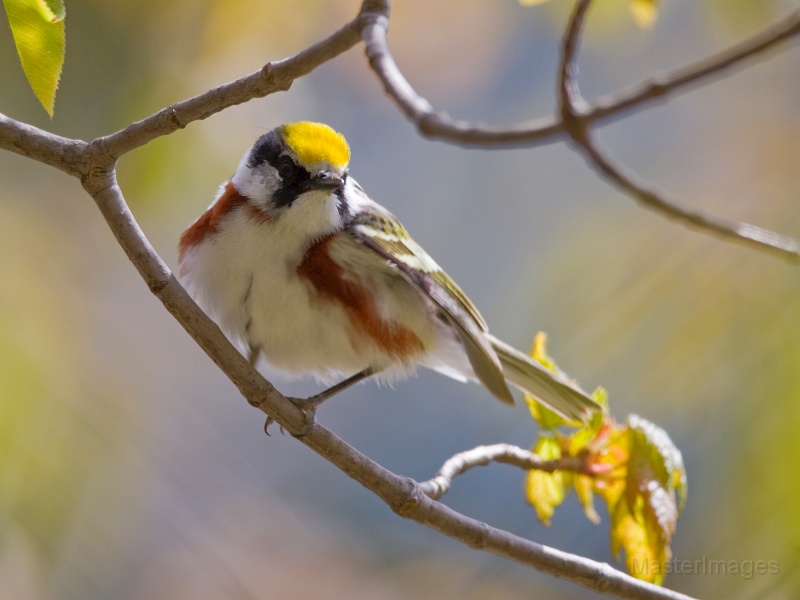
Getting there: From Long Lake, drive 12 miles north on Route 30 to county Route 421. Turn left on Route 421 heading west. Follow that for 7.5 miles to the fork and park near the yellow gate that's across the road on the left. Walk past the gate and follow the level, dirt road to get to Upper Dam, then turn left to get to Hitchins Pond.
3. Get high: Wakely Mountain
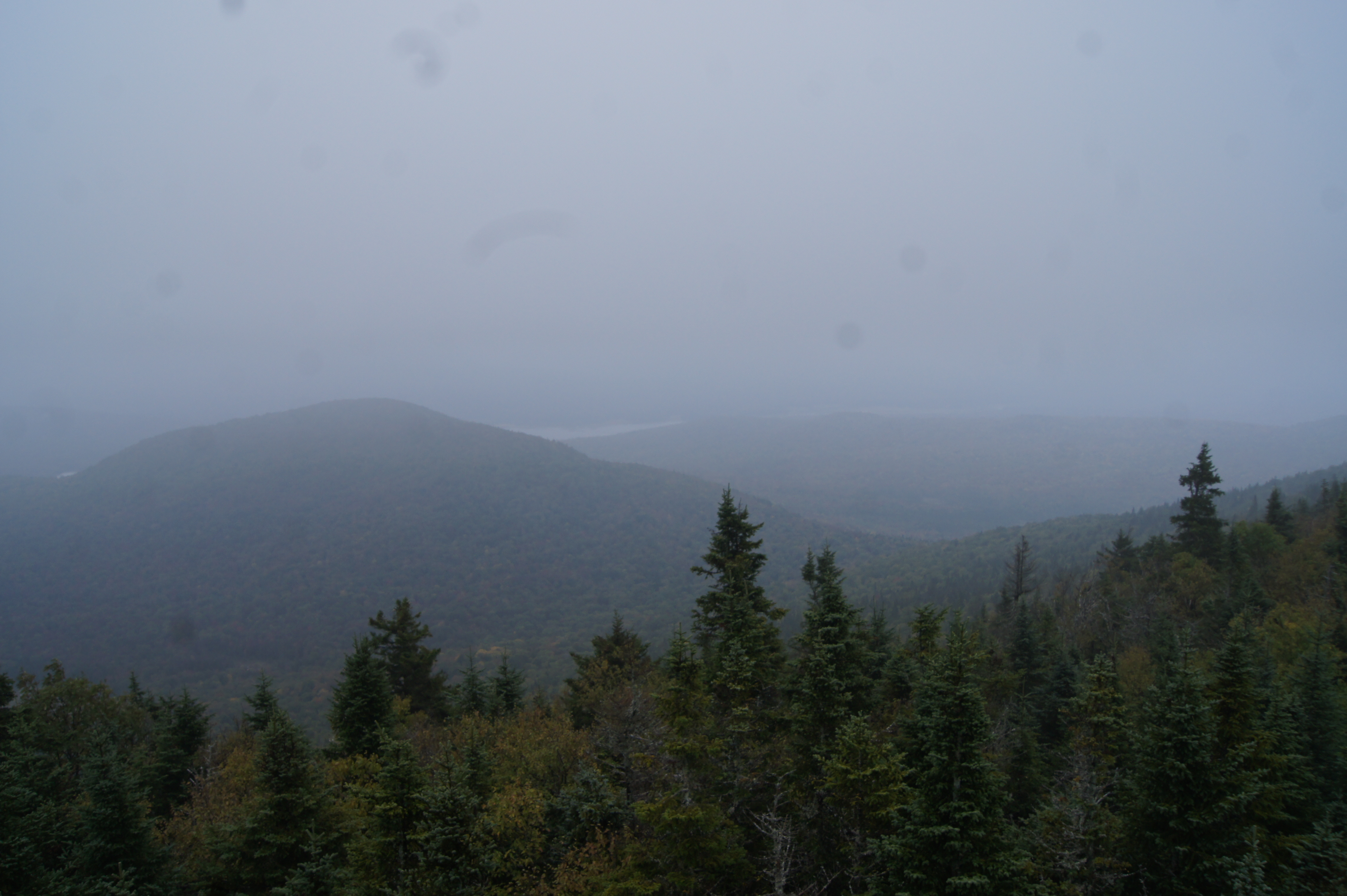
At 3,744 feet, Wakely is one of the highest mountains in the Adirondacks outside of the High Peaks. If that isn't enticing enough, it's also home to the tallest fire tower in the Adirondacks.
Like many hikes here, the 3.2-mile trail starts nice and easy before ascending the side of the mountain. It's steep, but it's worth it. But we're talking about birding, right? In the first 2 miles you'll pass through a nice, open forest before arriving at a beaver pond that serves as the perfect birding break before embarking upon the steep, 1-mile push to the top.
The summit is ringed by balsam fir and red spruce, which means the views are limited — unless you climb the tower — but there's massive potential for spotting Blackpoll Warblers and Bicknell's Thrush, the latter of which is a rare, high-elevation species found in a limited number of locations in the Adirondacks.
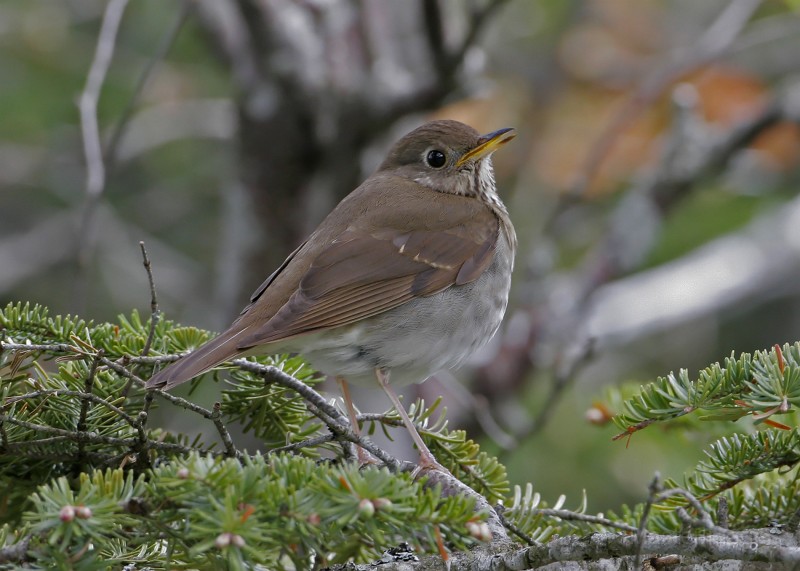
Getting there: From the intersection of Route 28 and Route 30 in Indian Lake, follow Route 28/30 toward Blue Mountain Lake. Continue for 2.25 miles to Cedar River Road. Turn left on Cedar River Road and follow it for about 12 miles to the trailhead on the right.
4. Bio bonanza: Mud Pond in the Cedarlands Conservation Easement
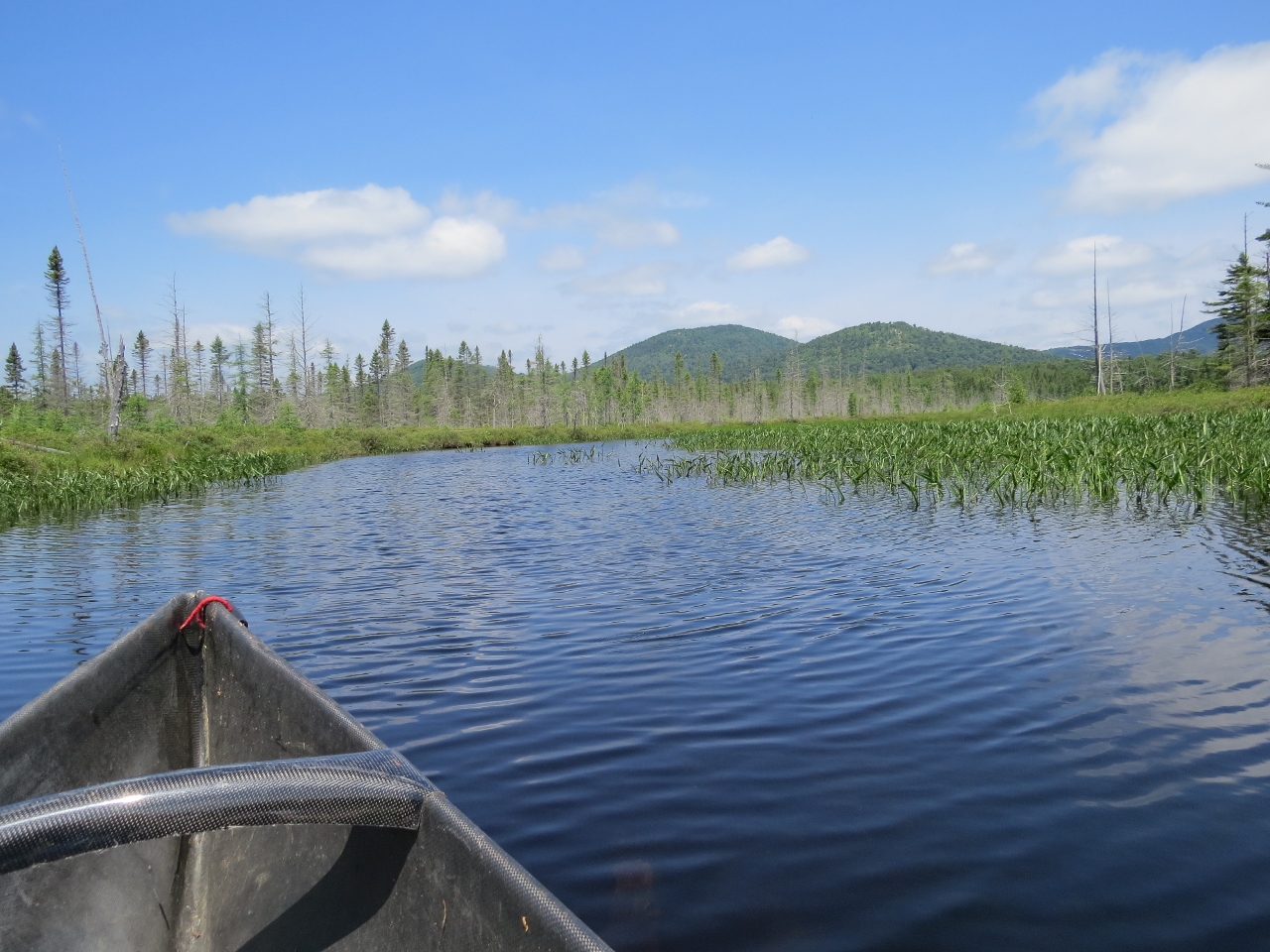
Don't let the name fool you: Mud Pond is a biologically-rich oasis that's not far from the popular and jaw-dropping High Peaks.
It takes a short carry down a lovely forest road to get to Mud Pond, but that shouldn't deter you from visiting this place. The pond is flanked by boreal bog habitat — look for rose pogonia, sphagnum moss, bog rosemary, and the carnivorous pitcher plants — but don't get too fixated on the vegetation. Mud Pond is prime real estate for water birds, song birds, and birds of prey alike, so take your time exploring and keep your binoculars close by. Look for Indigo Buntings, Yellow-bellied Flycatchers, Cedar Waxwings, Hermit Thrushes, Northern Parulas, Magnolia and Nashville Warblers, and Song and Swamp Sparrows in this area.
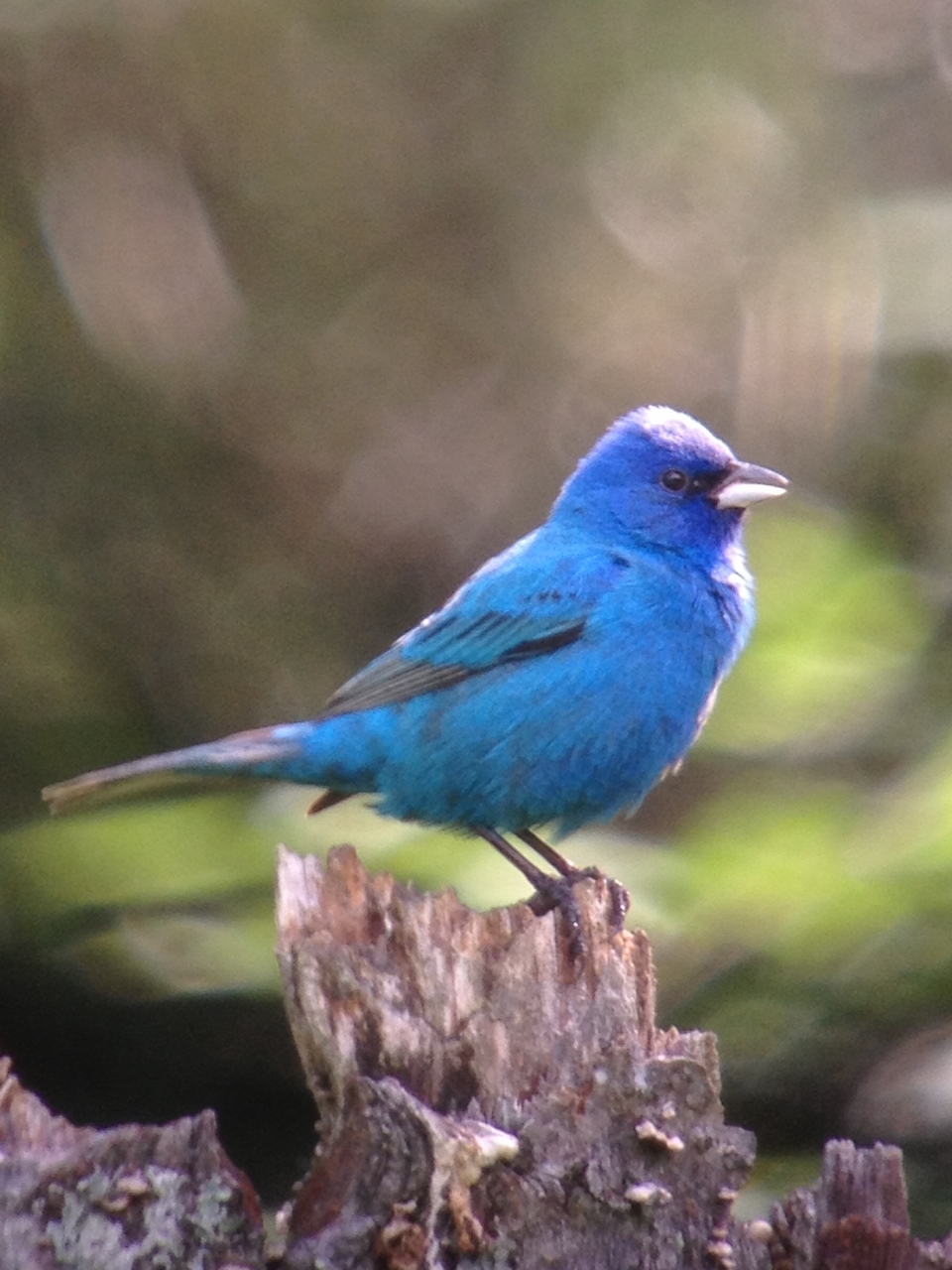
Getting there: Take Kickerville Road off Route 30 in Long Lake for approximately 2 miles. The paved road becomes a dirt road and continues on for 0.8 mile to the parking area on the left. Continue on foot for 0.3 mile to the three metal gates. Go around the left gate for access to Mud Pond, McRorie Lake, and hiking trails. Bicycles are also allowed on the dirt roads in the Cedarlands Conservation Easement lands.
All that and more
The best part about birding in the heart of the Adirondacks is how easy it is to combine it with other outdoor activities. Set foot on one of our many hiking trails, spend the night in the backcountry, or paddle our extensive network of lakes, ponds, and rivers. The potential to turn a birding excursion into a backcountry adventure is only limited by your imagination!





